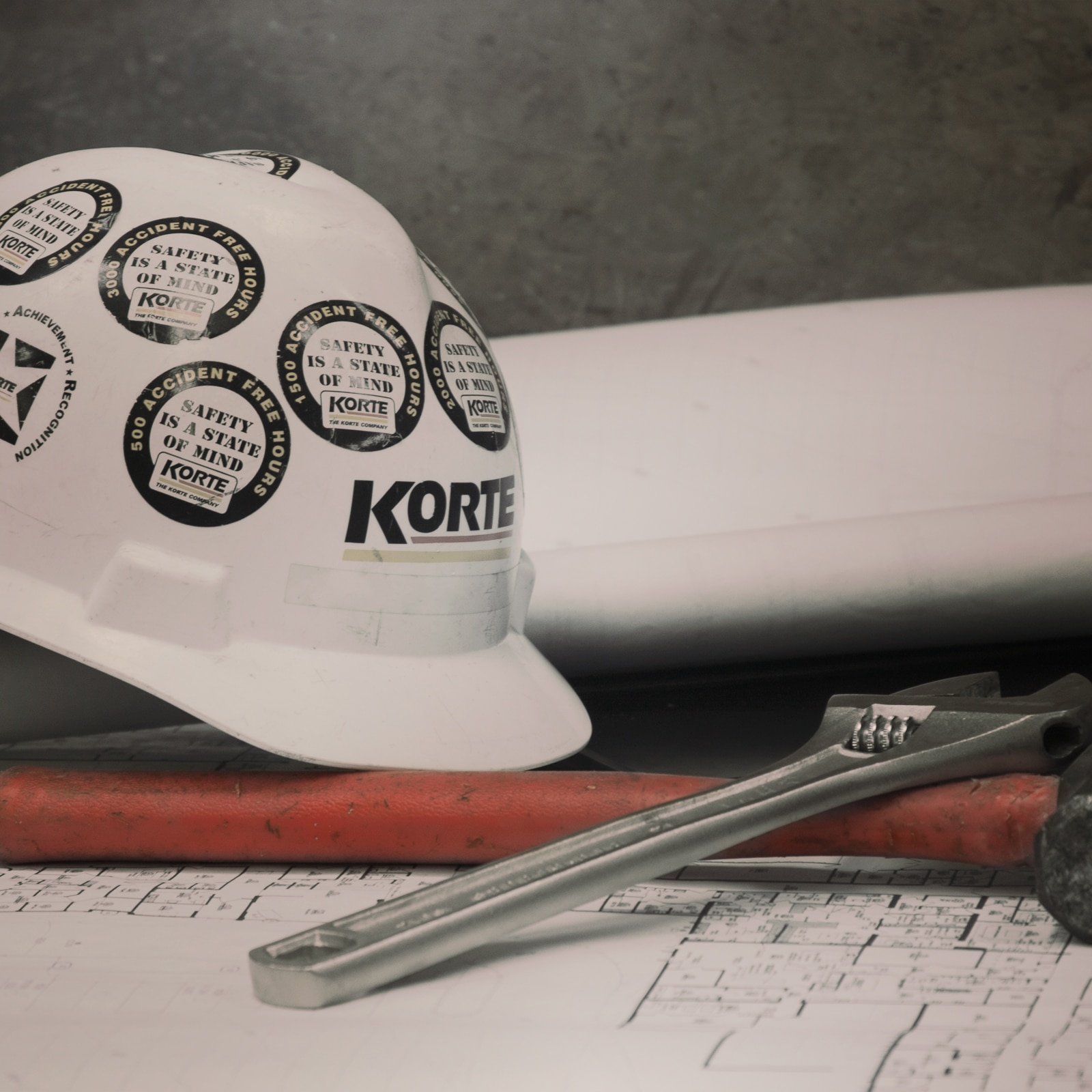Introduction
Whenever renovations or any construction work are planned at a hospital, crucial health considerations must be made. The workers at these health institutions will be in contact with harmful diseases that are carried in the dust and other debris, which are always part of any construction or renovation project.
All medical institutions have to expand at some stage because of the continual increase of health care demands, such as the need to stay current with technology, reinforcing aging building structures, as well as adding facilities that are more patient-friendly.
Safety of the Workforce and Patients
The moment construction starts at a health institution, such as a hospital or medical clinic, the presence of bacteria and other harmful microbes is a reality that presents a serious health risk to the workers and patients. Managing these health risks is of the utmost importance, so it is essential to access the available guidelines from the Center of Disease Control & Prevention.
Construction dust is where most of these disease-carrying microbes, such as Aspergillus fumigatus and Stachybotyrs atra, can be found. The CDC guidelines mentioned above offer all the information related to ventilation of the construction area, the control of infections, and monitoring of the environment. These are crucial to ensure a safe environment for everybody that could be exposed to the construction dust.
An important part of the planning phase for new construction projects at a health institute should include discussions on how to prevent the spreading of diseases to workers in the immediate area of construction. The above-mentioned guidelines should be used as the basis of these discussions. This will ensure that the protection of the entire workforce, as well as all patients, remains a top priority.
Procedures to Control Infection Risk During Construction at Health Institutes
Specific and significant procedures have been put in place to ensure the control of infection of any workers or patients during a renovation or other construction work at a health institute.
-
Weekly Meetings by the Project Management. These meetings are of the highest importance to the success in controlling possible infections in and around the construction site. These meetings will be used to communicate all the current and future activities of the project to staff members. The people who will attend each meeting will have to be from the laboratory, environmental and engineering services, as well as the departments of administration and risk management. Other parties that might be asked to attend will be from the project architects, contractors, the design engineers and possibly the construction administrators, depending on how complex the project is.
-
The Risk Assessments of Construction Projects. An assessment of the risks of any possible infection needs to be conducted. This ensures the safety of all patients and workers. It is also used to keep the particular regulatory agencies informed of all activities during the ongoing construction phase of the project. Furthermore, the results recorded from these assessments could be used to recommend certain safety precautions that should be taken by the construction team. This might include wearing specific protective clothing or building an anteroom, which will help prevent the construction dust from spreading.
-
Necessary Training. Everybody involved with these projects should be informed of the procedures needed to guarantee the infection control. Sometimes a training course will be presented to all the contractors and sub-contractors involved with the project in order to confirm infection control.
-
Continual Monitoring of the Environment. This monitoring involves two different types of actions, which include the testing of the air quality, as well as the physical monitoring of every activity during the construction. The latter is ensures that the construction team adheres to the standards set for maintaining the safety of everybody and for the controlling of any infections.
-
Keeping Communication Open. The project’s management team has to use the weekly meetings to share all the project activities with the departments that are directly affected by the project. There are specific communication procedures in place, which should be followed at all times.
Reference: Petersen, Tom (2009, January), OH&S (Occupational Health & Safety website) http://ohsonline.com/articles/2009/01/01/case-study-risk-management-in-h… http://mitchellpayes.com/photo_album.15.html http://healthcarerenovations.com/about.html
